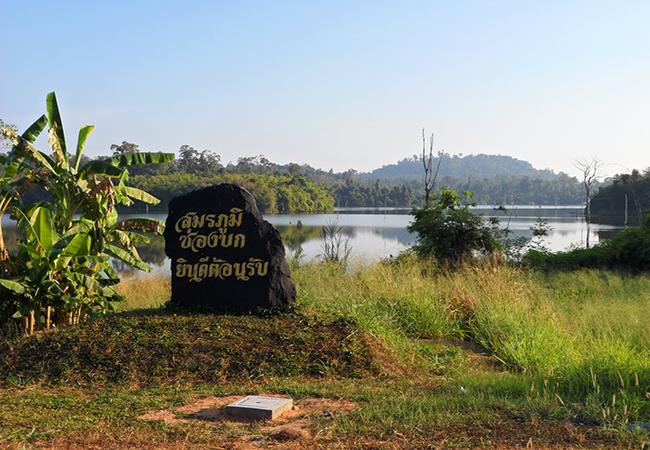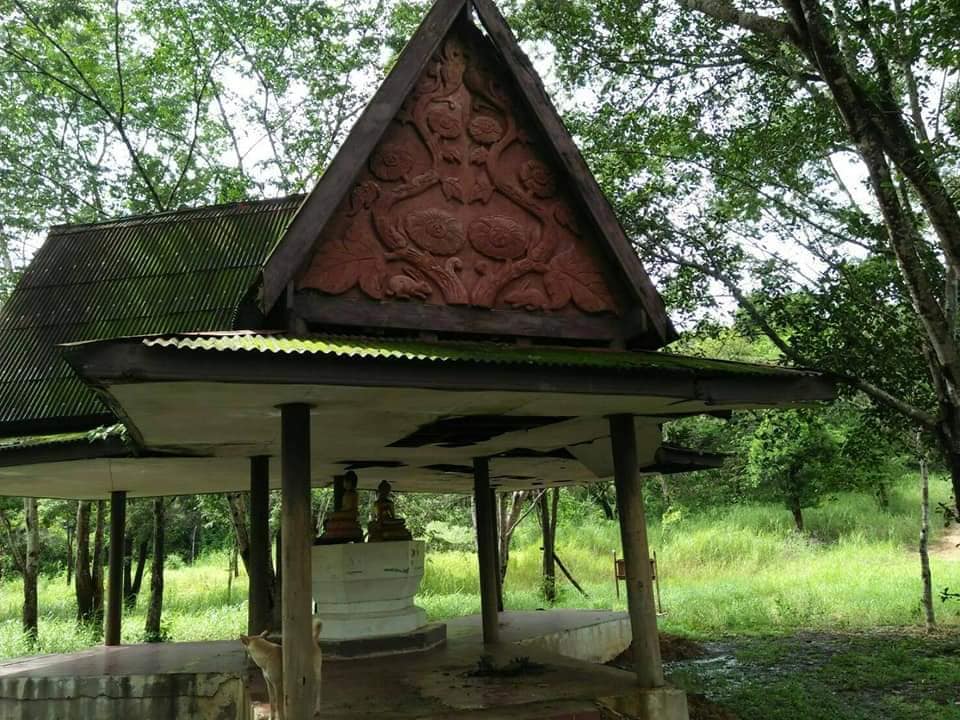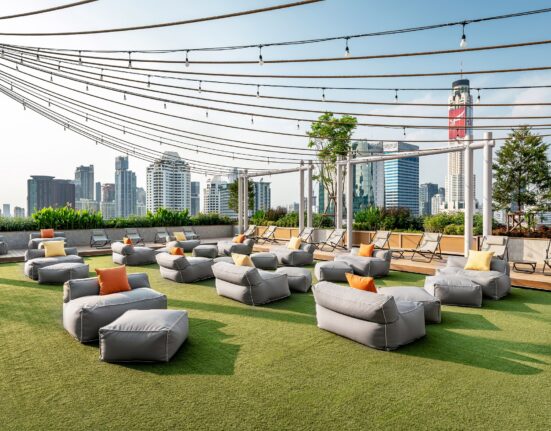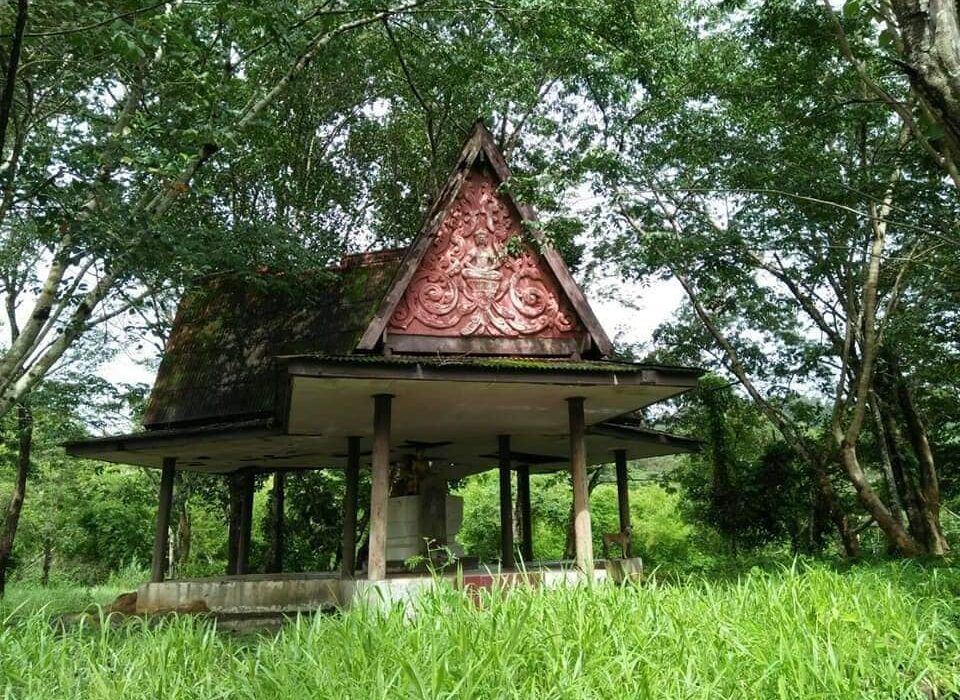A Borderline Illusion Between Thailand and Cambodia
The Thai-Cambodian border has long been a flashpoint for tension, particularly around the disputed area of Chong Bok in Nam Yuen District, Ubon Ratchathani Province. For many Thais, this is not just about lines on a map—it’s about sovereignty and national memory. And once again, the conflict has flared, with Cambodia threatening to escalate the matter to the International Court of Justice.
It was on March 1, 2025, that the Suranaree Task Force reported a devastating fire at Sala Trimuk, reducing the once-symbolic structure to ashes. Less than three months later, on May 28, 2025, a violent skirmish broke out between Thai and Cambodian troops during a routine Thai patrol. Cambodia claimed the incident resulted in one fatality, two injuries, and another critical injury that later proved fatal.
The clash was reportedly triggered by Cambodian troops advancing 150 meters into undisputed Thai territory near the Emerald Triangle—shortly after the burning of Sala Trimuk—despite clear warnings from Thai forces.
This wasn’t the first border dispute in the Chong Bok region. And it likely won’t be the last.

The Story Behind Sala Trimuk
Sala Trimuk once stood near the meeting point of three nations—Thailand, Laos, and Cambodia—right in the heart of the Emerald Triangle. Constructed in 1993 under the command of Lt. Gen. Issarapong Noonpakdee of Thailand’s 2nd Army Area, the pavilion was intended as a symbol of regional cooperation and peace.
The idea stemmed from dialogues held in the late 1980s, after a series of armed clashes in the area. Provincial leaders and military commanders from the three neighboring countries agreed to build a shared structure at the Huai Phra Lan Suea reservoir. The pavilion featured a unique design with three gabled roofs—each facing one country—constructed using Thai labor, funding, and materials.
Inside, three Buddha statues—one from each nation—were placed to embody a spirit of unity and mutual respect. In theory, Sala Trimuk would serve as a meeting point for the military personnel of all three nations. In practice, however, it became a source of recurring friction.
Over the years, Cambodian forces repeatedly challenged the notion of shared ownership. In 2003, they unilaterally renamed the site Ruom Chat House, claiming it as Cambodian property and insisting Thailand had acknowledged the new title. They also accused 10–15 Thai rangers of trespassing into the area they now considered solely their own.
Tensions escalated again in 2008, when seven armed Cambodian soldiers occupied the pavilion on September 18. Thailand’s Ministry of Foreign Affairs issued a formal protest on October 21. Just weeks later, on November 3, the Cambodian newspaper Koh Santepheap published photos of nearly 30 armed Cambodian troops from Border Unit 401 stationed in the area.

Three Decades On: The Symbol in Ashes
Today, more than 30 years after its creation, Sala Trimuk lies in ruins—a burned-out shell where dreams of cross-border harmony once stood. Far from being a beacon of peace, it has become a stark reminder of a friendship that may never have truly existed.















Leave feedback about this